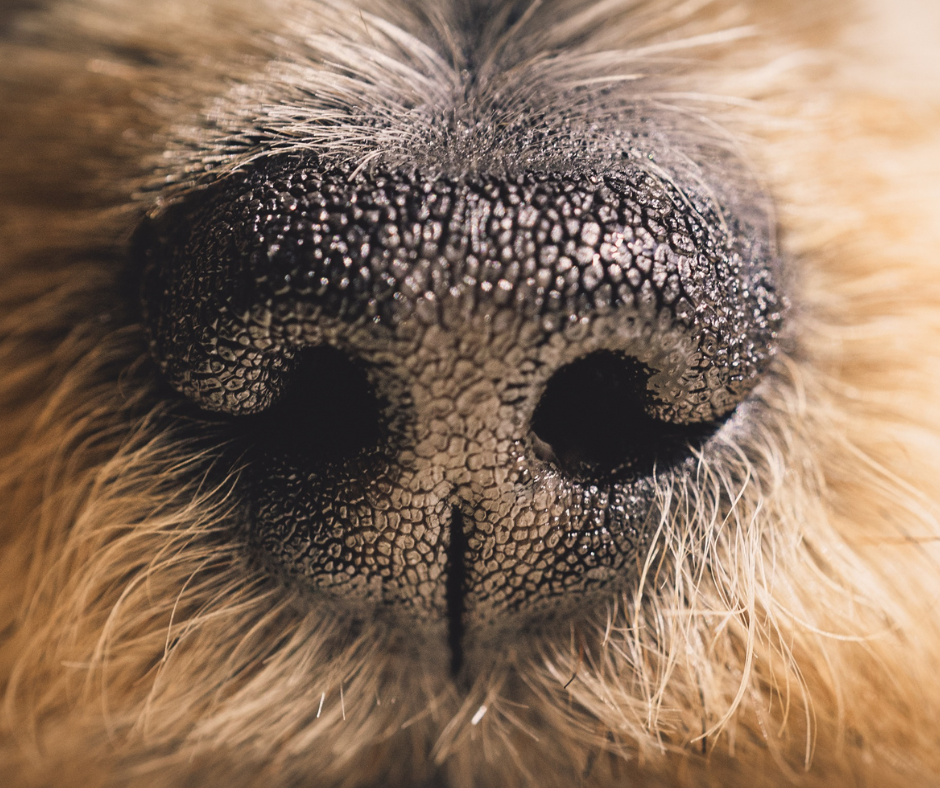Is ‘Reverse Sneezing’ in My Dog an Emergency?
It’s one of the weirdest, most unsettling sounds a new dog owner can hear:
Your dog is standing still, their head extended, and suddenly they start making a loud, violent, snorting or honking sound. It sounds like they’re choking, gagging, or struggling to breathe. Your first instinct is to panic and rush off in search of urgent care…
But in most cases, what you’re witnessing isn’t an emergency at all. It’s a common and harmless event called reverse sneezing! As a veterinary team, this is one of the most common “panicked” calls we get. Read on for Oz Animal Hospital’s explanation of what’s really happening (and why you might not need to worry so much!).
What Is a Reverse Sneeze?
A reverse sneeze (medically known as a pharyngeal gag reflex) is the exact opposite of a regular sneeze.
- A regular sneeze forcefully pushes air out through the nose.
- A reverse sneeze forcefully pulls air in through the nose.
This rapid inhalation causes an alarming “honk” or “snort” as the dog’s soft palate and throat spasm. It often happens in episodes that can last from a few seconds to a minute.
To the dog, it’s just like a tickle in their throat. To you, it looks like a major crisis. This disparity is why wellness visits are so valuable: they deliver relief to pets AND remove some anxiety for owners, too.
What Causes It?
The spasm is usually triggered by an irritant in the back of the throat (the pharynx). Think of it as your dog’s way of trying to “scratch” a part of their throat they can’t reach.
Common triggers include:
- Environmental irritants: Dust, pollen, household cleaners, allergens, or perfume.
- Excitement: Sometimes, just being overly excited or pulling on their leash can trigger an episode.
- Post-nasal drip: Just like in humans, drainage can tickle the throat.
- Breed: While any dog can do it, it’s especially common in small breeds (like Terriers, Beagles, and Shih Tzus) and breeds with flat faces (like Pugs and Bulldogs).
What Should I Do During an Episode?
The most important thing to do is stay calm. Your dog will pick up on your panic, which can make the spasm worse. While most episodes stop on their own, you can help!
- Gently stroke their throat in a downward motion to encourage them to swallow. Swallowing is the “reset” button that typically stops the spasm.
- Lightly blow in their face. This can surprise them enough to make them swallow.
- BRIEFLY cover their nostrils. This will force them to breathe through their mouth, which can also break the cycle.
Most of the time, the episode will end, and your dog will go right back to their normal, happy self as if nothing happened.
When Is It Actually an Emergency?
While 99% of these cases are just harmless reverse sneezing, there are rare situations where similar sounds can mean something is seriously wrong.
Call us immediately if you notice:
- The episodes are becoming more frequent or more severe.
- Your dog’s gums or tongue look blue or pale (a sign of oxygen loss).
- There is a thick, colored (yellow or green) discharge from the nose.
- Your dog is coughing (a “wet” or “hacking” sound is different from a “snorting” sound).
- Your dog seems lethargic, has a fever, or loses their appetite after an episode.
These are not signs of a reverse sneeze and could point to a more serious issue like a respiratory infection, collapsing trachea, or a foreign object.
What’s the Bottom Line?
Reverse sneezing is a scary, loud, but ultimately harmless quirk for most dogs.
- If you’re ever worried, try to take a video of the episode with your phone. A 10-second video is the single best tool you can give us.
- It allows us to immediately say, “Oh yes, that’s a classic reverse sneeze,” and give you total peace of mind.
If you have a video or are concerned, don’t hesitate to schedule a visit. We’d much rather reassure you over a simple reverse sneeze than have you worry at home!
At Oz Animal Hospital, we’re dedicated to providing top-tier veterinary care that goes beyond traditional standards. Our team takes the time to understand your pet’s lifestyle, habits, and medical history to provide tailored recommendations for vaccines, preventative care, and treatment options. Choose Oz Animal Hospital for exceptional veterinary care that prioritizes your pet’s well-being and your peace of mind. To schedule your appointment, contact us today.

